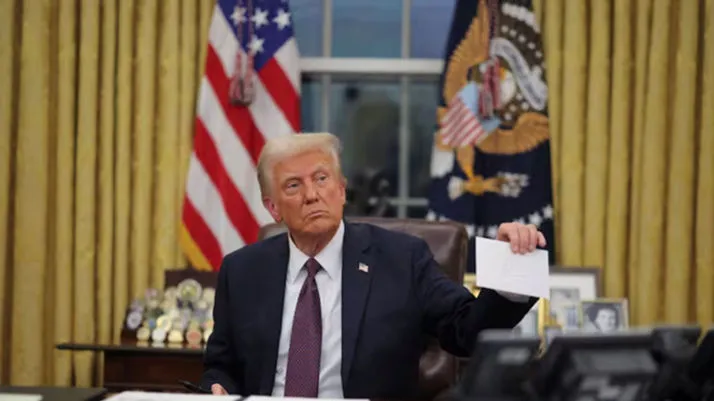India’s foreign exchange reserves have declined for the fourth consecutive week, following an all-time high in September. As of October 25, 2024, the reserves decreased by $3.463 billion, settling at $684.805 billion, according to data released by the Reserve Bank of India (RBI) on Friday. This follows previous weekly declines of $3.7 billion, $10.7 billion, and $2.16 billion, respectively. The reserves had peaked at $704.885 billion before this recent downward trend, likely due to RBI interventions aimed at preventing sharp depreciation of the rupee.
A substantial buffer of foreign exchange reserves helps shield domestic economic activity from global shocks. The latest RBI data indicates that India’s foreign currency assets (FCA), the largest component of forex reserves, stand at $593.751 billion. Gold reserves currently amount to $68.527 billion. Estimates suggest that India’s foreign exchange reserves are now sufficient to cover approximately one year of projected imports.
In 2023, India added around $58 billion to its foreign exchange reserves, contrasting with a cumulative decline of $71 billion in 2022. Foreign exchange reserves, or FX reserves, are assets held by a nation’s central bank or monetary authority, generally in reserve currencies such as the US Dollar, Euro, Japanese Yen, and Pound Sterling.
The RBI monitors the foreign exchange markets closely, intervening to maintain orderly market conditions and curb excessive volatility in the rupee exchange rate, without adhering to any fixed target level or range. The RBI often intervenes by managing liquidity, including selling dollars, to prevent steep rupee depreciation. A decade ago, the Indian Rupee was among the most volatile currencies in Asia; since then, it has become one of the most stable. The RBI has strategically bought dollars when the rupee is strong and sold when it weakens. A stable rupee enhances the appeal of Indian assets to investors, promising better performance with greater predictability.
Recent reports indicate that the RBI’s routine interventions have been effective in halting major movements in the Indian rupee. Despite substantial foreign portfolio investment outflows of $11 billion in October, the rupee has shown remarkable stability, depreciating by just over 1% this year. The RBI has utilized its immense FX reserves, which declined from $704.89 billion in late September to $688.27 billion by October 18.
Additionally, the RBI has been bolstering its gold reserves. By the end of September, the central bank increased its gold reserves to 854.73 metric tonnes from 822.10 metric tonnes at the end of March. The amount of gold held domestically also saw a significant rise, reaching 510.46 metric tonnes by September 30, up from 408.31 metric tonnes the previous quarter. In terms of value in USD, the proportion of gold in the total foreign exchange reserves grew from 8.15% in March to 9.32% by the end of September.
Also read: ‘Congress Learns The Hard Way’; Modi Slams Kharge
These developments underscore the RBI’s proactive measures in managing the country’s foreign exchange reserves to ensure economic stability amid global financial fluctuations.























